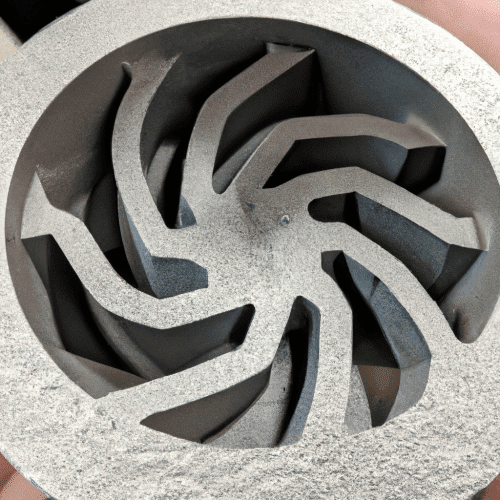With the advent of 3D printing, the manufacturing landscape has witnessed a significant transformation. 3D printing allows for the creation of complex geometries and intricate designs with relative ease. However, there are instances when the precision and surface finish achieved by 3D printing might not meet the desired requirements. In such cases, post-processing techniques like CNC machining can be employed to enhance the final product. In this blog, we will explore the scenarios when it is advisable to CNC machine your 3D printed parts to achieve superior results.
Complex or High-Tolerance Parts
While 3D printing has come a long way in terms of precision, there are still limitations when it comes to producing complex or high-tolerance parts. Certain geometries, intricate features, or tight tolerances might be challenging to achieve directly through 3D printing. CNC machining, on the other hand, excels at producing precise and intricate parts. By utilizing CNC machining, you can achieve the desired accuracy, tight tolerances, and smooth surface finishes required for intricate designs or complex assemblies.
Surface Finish Enhancement
One of the common challenges with 3D printing is the inherent layering effect, which can result in a visible texture on the surface of the printed part. While this texture might be acceptable for some applications, there are instances when a smooth, polished surface is required. CNC machining can be employed to remove the layer lines and achieve a higher-quality surface finish. By removing the outer layer of the 3D printed part, the CNC machine can create a uniform surface, eliminating the visible layer lines and providing a polished appearance.
Material Selection
The availability of materials for 3D printing has expanded over time, offering a wide range of options. However, there might be cases when the desired material is either unavailable or not suitable for 3D printing. CNC machining opens up a broader range of material choices, allowing you to select from a wide variety of metals, plastics, composites, and even exotic materials. By machining the 3D printed part, you can achieve the desired material properties, such as strength, durability, or conductivity, which might not be achievable with the available 3D printing materials.
Post-Printing Modifications
In certain scenarios, you may need to modify or customize a 3D printed part after it has been produced. CNC machining provides a versatile method to make these modifications accurately. Whether it’s adding additional features, drilling holes, or trimming excess material, CNC machining allows for precise and controlled modifications to meet specific requirements. This flexibility makes it an ideal choice for adapting or refining 3D printed parts based on evolving needs.
Batch Production and Prototyping
When it comes to batch production or prototyping, the choice between 3D printing and CNC machining depends on factors like time, cost, and quantity. For low-volume production runs or prototyping, 3D printing can offer significant advantages in terms of speed and cost-effectiveness. However, as the quantity increases or the need for precision becomes more critical, CNC machining can provide a faster and more cost-efficient solution. By combining the benefits of both technologies, you can optimize production processes based on the specific requirements of each stage.
Conclusion
While 3D printing has revolutionized manufacturing in many ways, it does have certain limitations. CNC machining complements 3D printing by providing enhanced precision, superior surface finishes, a broader material selection, and the ability to modify or refine 3D printed parts. Understanding when to utilize CNC machining for your 3D printed parts is crucial for achieving the desired results in terms of accuracy, surface finish, and material properties. By harnessing the strengths of both technologies, you can leverage the advantages of each to optimize your manufacturing processes and deliver high-quality end products.
